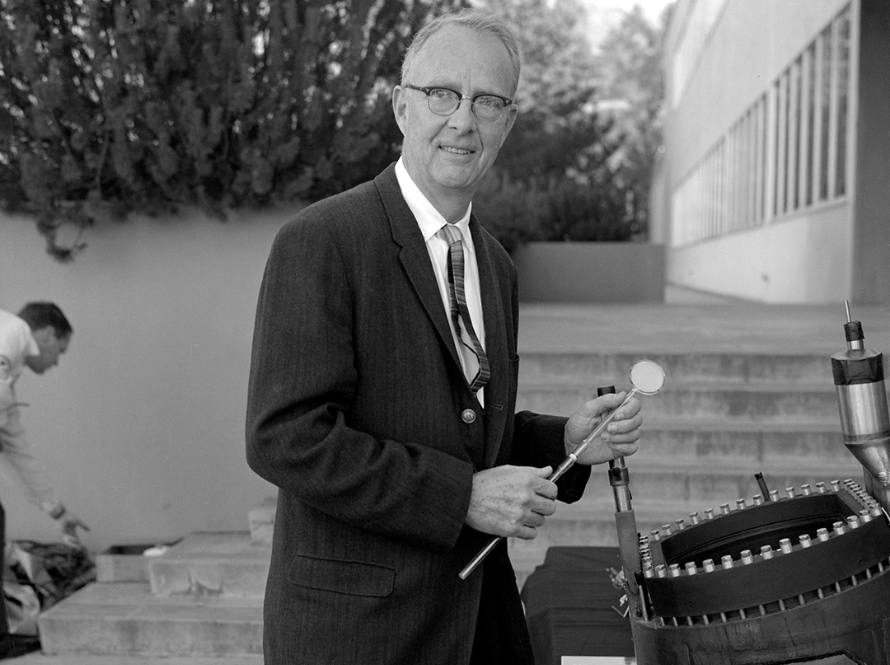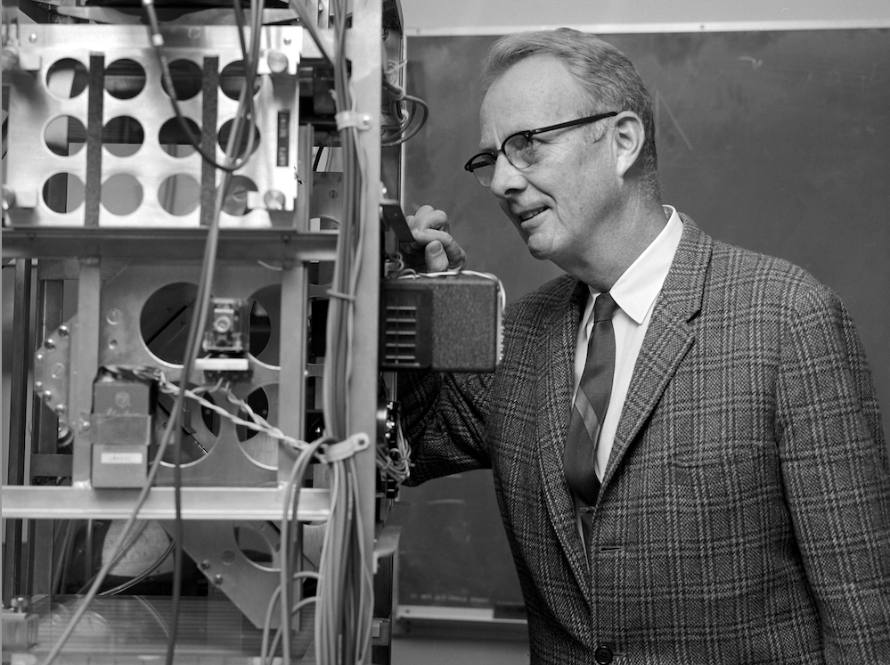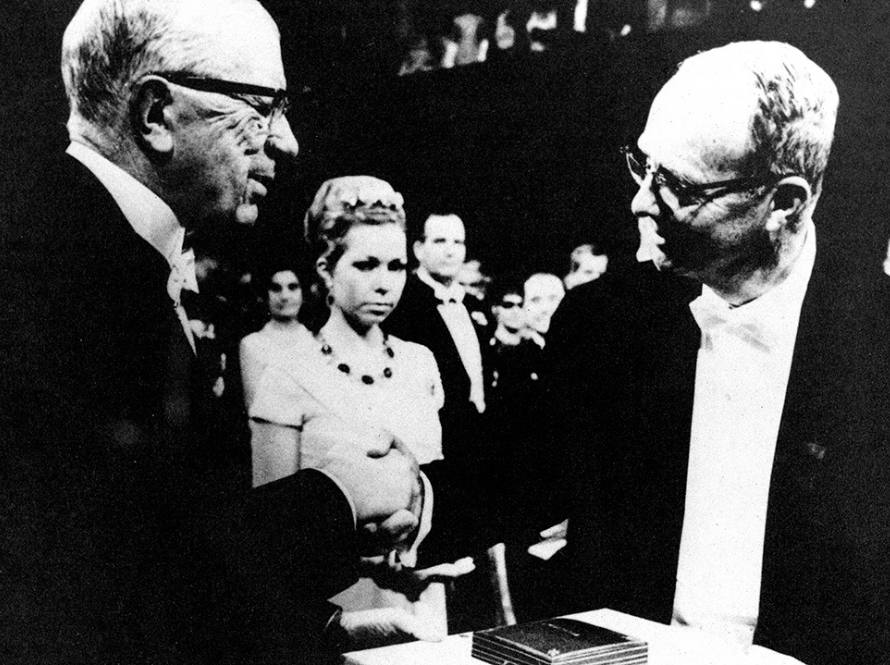
Today’s computational science is rooted in the efforts of innovative scientists like Luis W. Alvarez. In the 1950s, physicist Dr. Alvarez opened a new era in high-energy physics research with his proposal to build a pressurized chamber filled with liquid hydrogen. Known as a “bubble chamber,” this device would allow scientists to discover new particles and analyze their behavior. In his 1955 prospectus for such an experimental facility, Dr. Alvarez became one of the first scientists to propose using computing devices for analyzing experimental data, even before such computers were actually available.

By the 1960s, Dr. Alvarez’s vision had become reality. His colleagues at Berkeley Lab used computers to track some 1.5 million particle physics events annually and developed scientific computing techniques which were adopted by researchers around the world. This effort led to Dr. Alvarez receiving the Nobel Prize for Physics in 1968. We encourage those who share Dr. Alvarez’s scientific curiosity and dedication to join us in our efforts by applying for the fellowship named in his honor.


